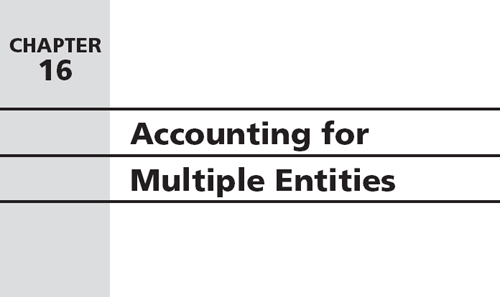
Since the inception of the corporate form of organization, business enterprises have found it beneficial to combine operations to achieve economies of scale. These combined operations can vary from corporate joint ventures in which two or more corporations join together as a partnership for a project, such as drilling an offshore oil well, to the acquisition of one company by another. Accounting for the acquisitions of companies is complicated, because various terms may be used to describe them. Such terms as consolidation, combination, merger, and purchase have all been used interchangeably even though they are not all the same, and some are subclassifications of others. In this chapter we focus on three aspects of accounting for multiple entities: (1) the acquisition of one company by another—business combinations, (2) the reporting of parent and subsidiary relationships—consolidations and segment reporting, and (3) foreign currency translation for international subsidiaries.
Business Combinations
Combining two or more previously separate business organizations into a single economic unit has been an observable phenomenon since the late 1800s. Wyatt categorized this phenomenon as follows:
- The classical era. The period from 1890 to 1904, following the passage of the Sherman Act. These combinations were generally accomplished through a holding company whose purpose was vertical ...
Get Financial Accounting Theory and Analysis: Text and Cases, 11th Edition now with the O’Reilly learning platform.
O’Reilly members experience books, live events, courses curated by job role, and more from O’Reilly and nearly 200 top publishers.

